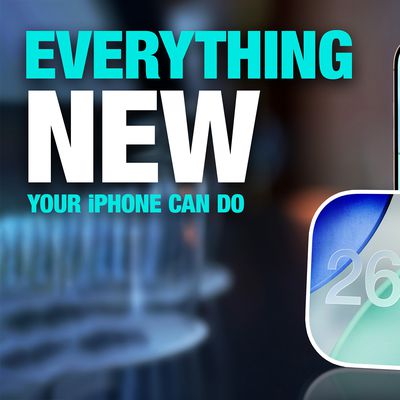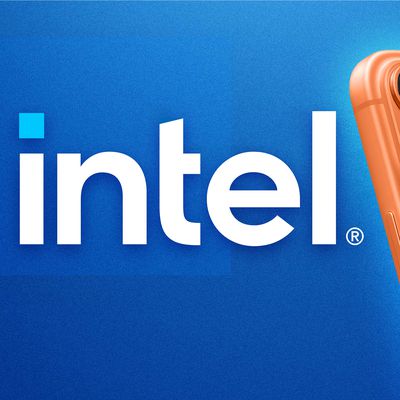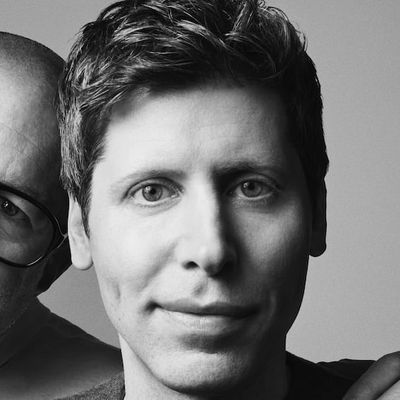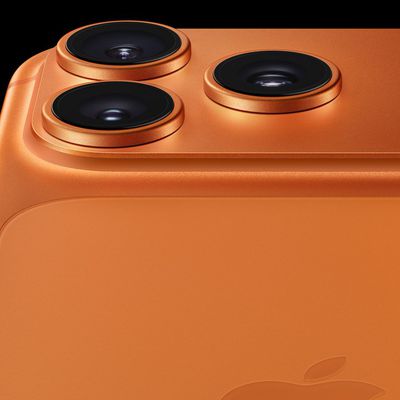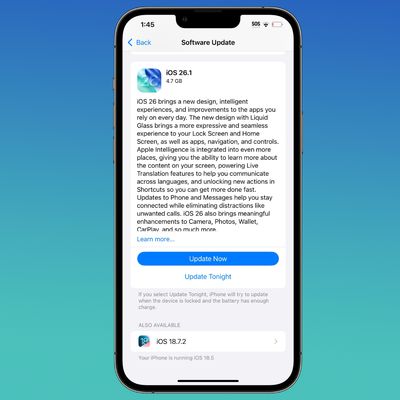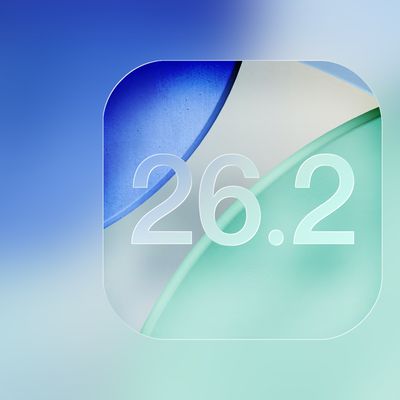Some Owners of Older iOS Devices Receiving Up to $300 in Liquid Damage Indicator Settlement
Back in April 2013, it was announced that Apple had agreed to a $53 million settlement in a class action lawsuit involving iPhone and iPod touch units that may have been improperly denied warranty coverage due to liquid damage indicators having been triggered in the devices.
The settlement, which covers iPhones denied warranty coverage on or before December 31, 2009 and iPod touches denied coverage on or before June 30, 2010, stems from Apple's use of triggered liquid damage indicators as sufficient reason for denying warranty coverage. Given the timeframe for the issue, the settlement is limited to iPhone 3GS and earlier and third-generation iPod touch and earlier models.
With the indicators' manufacturer, 3M, acknowledging the indicators could be at least partially triggered by humidity and not necessarily direct liquid contact, some owners pursued a case against Apple for improperly denying warranty coverage. Apple did later adjust its procedures to require additional visual inspection for liquid damage on devices where the indicators had been triggered, but for those who had already paid out of pocket to replace their devices, the case continued.
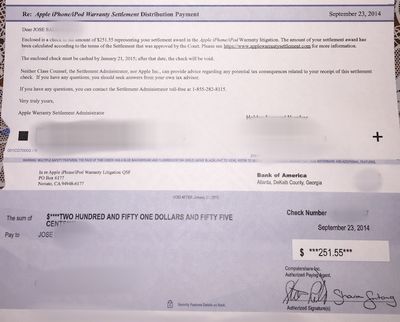
As outlined on the settlement home page, administrators finally began sending out settlement checks to eligible claimants last week, and a number of MacRumors readers have reported receiving their checks over the past few days.
Owners of several different iPhone models have reported receiving checks for $251.55, with some reporting amounts as high as $300 while others have received smaller amounts for affected iPod touch units. Users receiving checks have until January 21 to cash or deposit them.
Popular Stories
Apple is about to release iOS 26.2, the second major point update for iPhones since iOS 26 was rolled out in September, and there are at least 15 notable changes and improvements worth checking out. We've rounded them up below.
Apple is expected to roll out iOS 26.2 to compatible devices sometime between December 8 and December 16. When the update drops, you can check Apple's servers for the ...
Intel is expected to begin supplying some Mac and iPad chips in a few years, and the latest rumor claims the partnership might extend to the iPhone.
In a research note with investment firm GF Securities this week, obtained by MacRumors, analyst Jeff Pu said he and his colleagues "now expect" Intel to reach a supply deal with Apple for at least some non-pro iPhone chips starting in 2028....
A U.S. appeals court has upheld a temporary restraining order that prevents OpenAI and Jony Ive's new hardware venture from using the name "io" for products similar to those planned by AI audio startup iyO, Bloomberg Law reports.
iyO sued OpenAI earlier this year after the latter announced its partnership with Ive's new firm, arguing that OpenAI's planned "io" branding was too close to its...
Apple's iPhone development roadmap runs several years into the future and the company is continually working with suppliers on several successive iPhone models at the same time, which is why we often get rumored features months ahead of launch. The iPhone 18 series is no different, and we already have a good idea of what to expect for the iPhone 18 Pro and iPhone 18 Pro Max.
One thing worth...
In a statement shared with Bloomberg on Wednesday, Apple confirmed that its software design chief Alan Dye will be leaving. Apple said Dye will be succeeded by Stephen Lemay, who has been a software designer at the company since 1999.
Meta CEO Mark Zuckerberg announced that Dye will lead a new creative studio within the company's AR/VR division Reality Labs.
On his blog Daring Fireball,...
Apple is expected to launch a new foldable iPhone next year, based on multiple rumors and credible sources. The long-awaited device has been rumored for years now, but signs increasingly suggest that 2026 could indeed be the year that Apple releases its first foldable device.
Subscribe to the MacRumors YouTube channel for more videos.
Below, we've collated an updated set of key details that ...
There is uncertainty about Apple's head of hardware engineering John Ternus succeeding Tim Cook as CEO, The Information reports. Some former Apple executives apparently hope that a new "dark-horse" candidate will emerge.
Ternus is considered to be the most likely candidate to succeed Cook as CEO. The report notes that he is more likely to become CEO than software head chief Craig Federighi, ...
Apple is encouraging iPhone users who are still running iOS 18 to upgrade to iOS 26 by making the iOS 26 software upgrade option more prominent.
Since iOS 26 launched in September, it has been displayed as an optional upgrade at the bottom of the Software Update interface in the Settings app. iOS 18 has been the default operating system option, and users running iOS 18 have seen iOS 18...
Apple today seeded the release candidate versions of upcoming iOS 26.2 and iPadOS 26.2 updates to developers and public beta testers, with the software coming two weeks after Apple seeded the third betas. The release candidates represent the final versions of iOS 26.2 and iPadOS 26.2 that will be provided to the public if no further bugs are found during this final week of testing....



